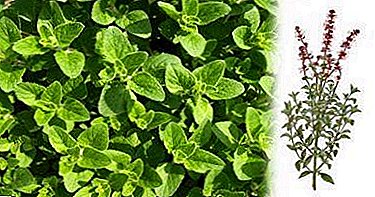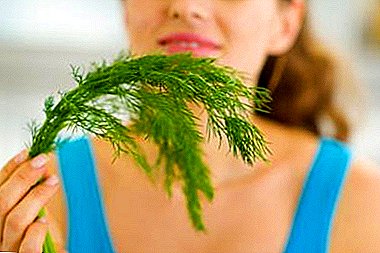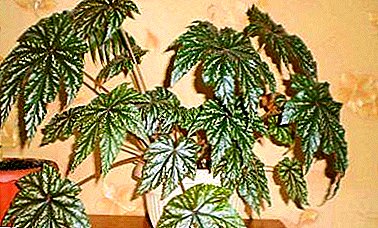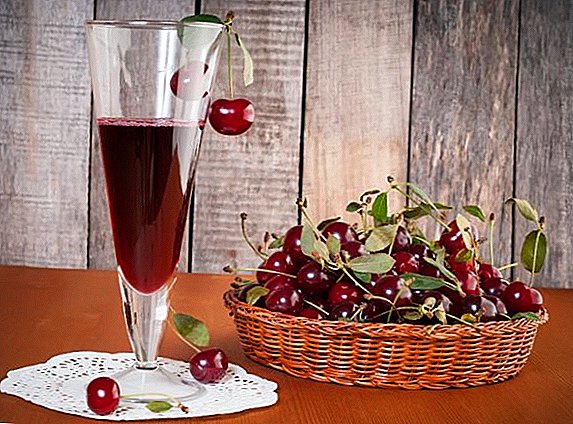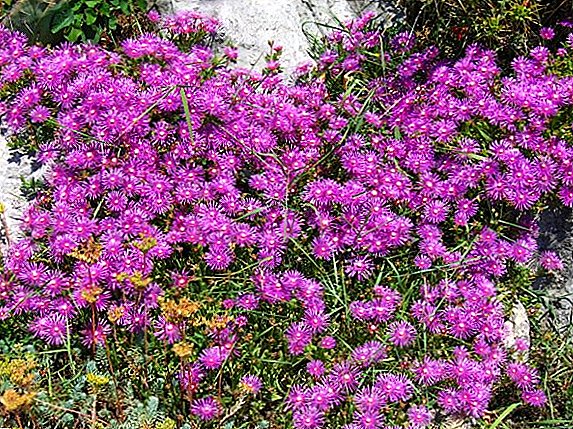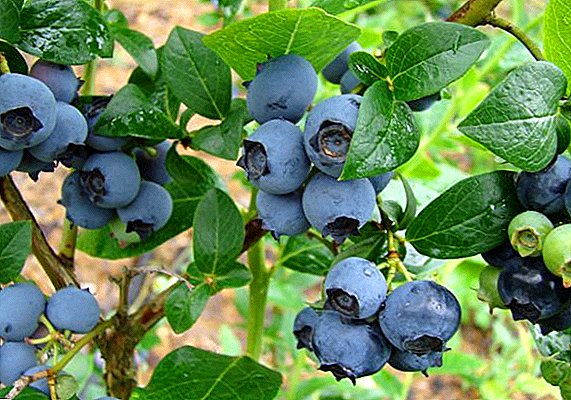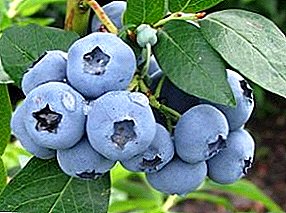 Blueberries are a long-lived plant; in garden conditions, this wonderful berry can live and bear fruit for up to 60 years. The cultivated blueberries are larger than their wild relative in size, but not inferior in taste and useful properties.
Blueberries are a long-lived plant; in garden conditions, this wonderful berry can live and bear fruit for up to 60 years. The cultivated blueberries are larger than their wild relative in size, but not inferior in taste and useful properties.
Mummification of berries
Among the diseases that blueberry is prone to, mummification of fruits is common, and the plant is affected by the fungus Monilinia vaccinii-corymbosi. This blueberry disease infects young tissues of shoots and inflorescences, the shoots turn black and die off, while the leaves dry up.  Fruits of blueberry with the defeat of the fungus develop, as expected, growing to its size, but then dry. Affected berries and other parts of the plant must be removed, collected and burned. For the prevention of the disease in early spring, the plant is treated with urea, and it is mulched with a layer 5 cm thick.
Fruits of blueberry with the defeat of the fungus develop, as expected, growing to its size, but then dry. Affected berries and other parts of the plant must be removed, collected and burned. For the prevention of the disease in early spring, the plant is treated with urea, and it is mulched with a layer 5 cm thick.
Gray Rot or Botrytis
Botrytis cinerea Pers, the causative agent of botrytis, affects the entire plant. The affected parts of the blueberry are covered with brown bloom, then gray, and die. Berries are affected during storage. To combat the fungus, plants are treated with fungicides ("Fundazol" three times with an interval of a week), the affected areas are removed and burned. In the first days of spring for the prevention of blueberries treated Bordeaux liquid.
Attention! Use chemical preparations only in critical, hopeless situations. In simpler cases, find out about the popular means of combating blueberry diseases.
Black spot
The black spot, or Phomopsis, excites the fungus Phomopsis viticola. Favorable conditions for the development of the fungus - the area with the landing, which is delayed moisture. The fungus infects the tissues of the growing shoots; later, due to illness, the tip dies. Signs of damage: black or brown spots on the leaves, discolored bark, spots on the internodes. The bushes that are completely affected should be removed, the rest should be treated with compositions containing copper. For prophylactic treatment of blueberries use fungicides: "Thanos", "Chorus", "Strobe" or "Ridomil". Processing is carried out in the spring. 
Did you know? Thanks to its beneficial properties, blueberries found use in wartime: during the American civil war it was used as a medicine for scurvy, and during the Second World War, the British Air Force used berries to improve vision at night.
Stalk cancer
The causative agent of cancer of the stalks of blueberries - mushroom Godronia cassandrae Peck. The disease infects the leaves of the plant with red spots, which eventually grow to infect the entire shoot. The plant is covered with ulcers and dies. In preventive measures, it is not recommended to plant the berry in areas where there is high humidity, to do regular sanitary pruning, you should not get carried away with nitrogen fertilizer.  Before flowering, it is recommended to treat the plant with fungicides or Bordeaux liquids. It is better to remove infected plants from the site and burn them.
Before flowering, it is recommended to treat the plant with fungicides or Bordeaux liquids. It is better to remove infected plants from the site and burn them.
Mealy dew
Blueberries are susceptible to mildew fungal disease, and if the treatment does not arrive in time, there is a risk of losing the entire crop. This fungus (Sphaerotheca mors) appears white on blueberry leaves. Over time, the sheet plates dry out and become gray in color, on which fungal spores stand out with black dots. Favorable conditions for the reproduction of the fungus - dry, hot weather, interrupted by sudden temperature changes or sudden heavy rainfall. The disease is dangerous because it reduces winter hardiness and crop yield. Methods of struggle: treatment with chemicals - "Sulfaride", "Topaz", "Bayleton".
Anthracnose
Another fungal parasite - anthracnose. It is characterized by appearing spotting on blueberry leaves. The leaves wither and fall off, and the berries rot and become covered with spores of the fungus - bright orange spots. Prevention consists in treating a Bordeaux mixture in early spring, use "Topsin" or "Euparin" fungicides for treatment. 
Monilioz fruits
The first signs of fruit rot appear before flowering. The disease affects the tops of the branches, and then the inflorescences. Further, the fungus spreads all over the plant and looks like a frozen one. The only method of struggle is to remove the affected parts of the plant or the entire bush.
White leaf spot
This disease affects the leaves of blueberry, manifested in the form of round spots. The spots may be from white-gray to rust-brown in color with reddish edging. Leaves afflicted with the disease wither and fall. Prevention measures: thick layer of mulch. A diseased plant needs to be cleaned from diseased leaves and burned.
Interesting! Blueberries - an effective dye, can be analogous to artificial food dyes. When eating berries, try not to get dirty - do not wash clothes.
Double leaf spot
 Double spotting has fungal roots. Favorable development environment - high humidity. First, a small amount of gray specks appears on the leaves, expanding with time and changing color. As a result of the sprawling brown spot, parts of the blueberry die off. The fight against the disease is the timely removal of the affected leaves and subsequent disposal.
Double spotting has fungal roots. Favorable development environment - high humidity. First, a small amount of gray specks appears on the leaves, expanding with time and changing color. As a result of the sprawling brown spot, parts of the blueberry die off. The fight against the disease is the timely removal of the affected leaves and subsequent disposal.
Methods of struggle
For the prevention of many diseases of blueberry before flowering and after the plant is treated with various drugs, for example, "Spark" (10 g per 10 liters of water). Blueberries can be fertilized with granular formulations, such as "Agricola" (50 g per bush). When planting plants use varieties with high immunity, seedlings that have a certificate from the manufacturer. Avoidance of the disease will help compliance with air and light conditions, compliance with agricultural rules and rules for the care of blueberries. An effective method is the use of biological agents (Polyversum HR). If prophylactic and biological protection of blueberries from diseases did not bring results, use more aggressive drugs.
Important! Pruning plants - and rejuvenating, and sanitary - also a kind of prevention. You remove the weak, prone to disease and pests branches that can infect the entire plant.
Despite the fact that, as a garden crop, blueberries appeared quite recently, it has already fallen in love with many gardeners. The plant is unpretentious to the soil and in the further care, the only thing that can interfere with or provoke diseases is increased humidity. Choose moderately moist soils for planting, and blueberries will respond to you with a good harvest of tasty and healthy berries.


